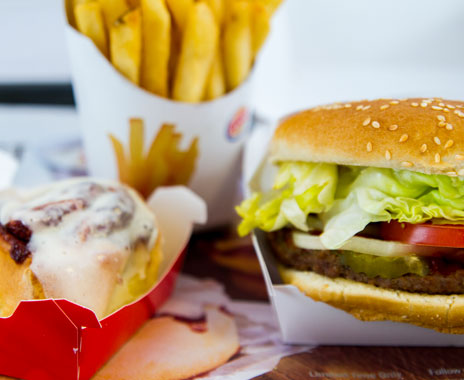The American restaurant industry, long shrouded by economic rain clouds, saw glimmers of sunshine break through the gloom in October.
On Thursday, TDn2K released its latest Restaurant Industry Snapshot, a weathervane for the food business that aggregates weekly sales from 30,000 restaurants. The report, representing more than 150 brands and $68 billion in annual sales, showed 0.9 percent growth in comparable sales last month, marking the first time same-store sales have trended positive since May 2016.
The industry performed well within a resilient U.S. economy, which posted the lowest unemployment rate in 17 years at 4.1 percent. That figure has progressively dipped from a recession-era peak of 10 percent in October 2009, and bodes well for continued growth in the food sector, which enjoyed a strong month despite negative impacts on sales from Hurricanes Harvey and Irma.
In fact, Florida outperformed the entire U.S. in October. Bouncing back from hurricane season, sales in Floridian markets boomed 11.3 percent compared to September’s numbers. Following suit, comparable sales were up 5.1 percent over last October, while traffic surged 1.9 percent. Texas had the same response to Hurricane Harvey, finishing October with sales up 3.4 percent. Those two states, plus the entire Western region, were the three strongest markets last month.
October’s success was widespread across TDn2K’s data pool, with 102 markets—52 percent of those covered—reporting positive sales. Victor Fernandez, TDn2K’s executive director of insights and knowledge, said in a statement that the overall success was felt on the micro level, too.
“Another encouraging sign was that the October sales improvement was evident at the brand level and not only in the aggregate numbers,” Fernandez said. “Over half of the brands tracked by Black Box Intelligence had positive sales for the month. For comparison, fewer than a third of the brands were up in September.”
Of course, growth was not universal. Sales were negative in 48 percent of TDn2K’s surveyed markets, with the Southwest reporting the worst October of the bunch. Comparable sales were down 1.6 percent from October last year, and traffic declined an additional 3.4 percent.
There were a few other causes for concern in October. Hourly employee turnover was already high and is expected to increase under the low unemployment rate, per historical trends. However, hourly turnover was down in October.
More concerning was an uptick in management turnover, the product of personnel leaving for higher compensation. This trend forecasts rising labor costs, as restaurants attempt to attract and retain key employees with higher wages. The increased demand isn’t coincidental, but rather is a reflection of the necessity of qualified management staff.
Despite these potential drawbacks, October was an undeniably good month for the restaurant industry. Beyond sales improvements, customers spent 2.5 percent more per check this October than last, continuing an upward trend of 2 percent on checks during 2017.
With the holiday season and the final quarter of the year approaching, the food business is collectively wondering whether to interpret the surge as a sign of things to come, or as a short-term ray of sunlight before more stormy weather.
Fernandez said the data gives industry leaders a reason to be hopeful, but still heedful, moving into 2018.
“On the positive side, economic indicators such as improved GDP growth and strong consumer confidence point to a favorable macro environment. Also, we’ll be comparing to generally weak results from last year,” Fernandez said. “But retail sales can be a big factor, especially the degree to which online shopping impacts brick-and-mortar visits. Overall, we’re encouraged by depth and breadth of recent trends and are cautiously optimistic they will extend through the fourth quarter.”



